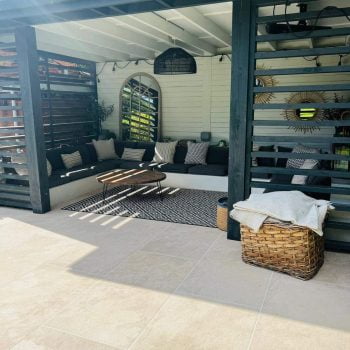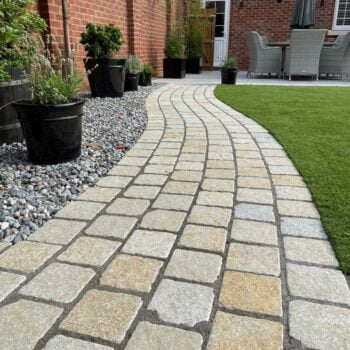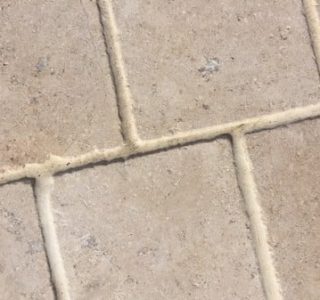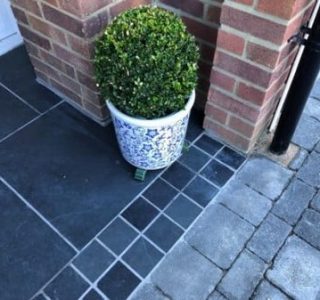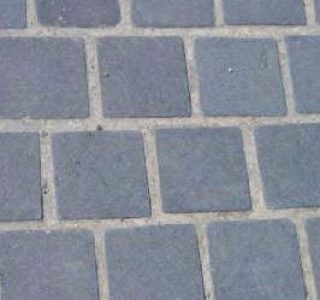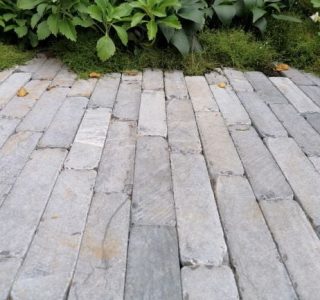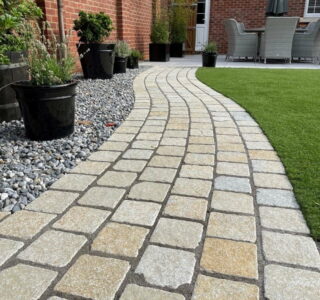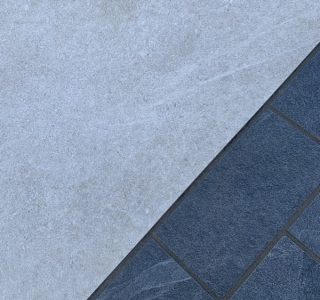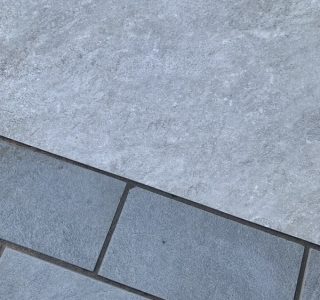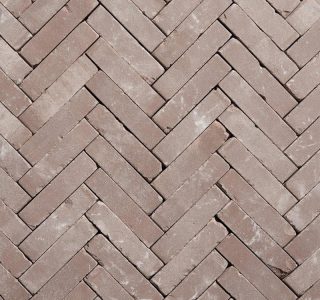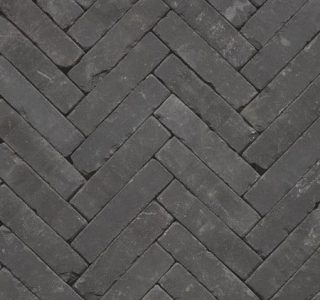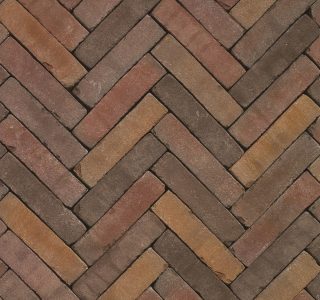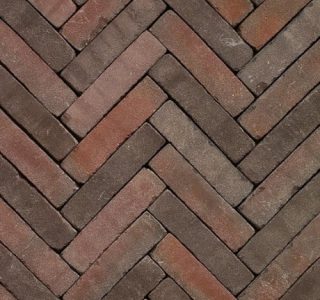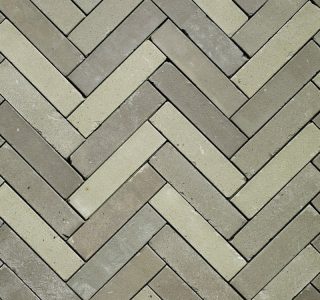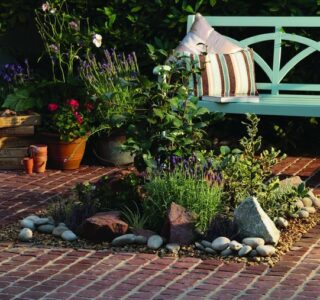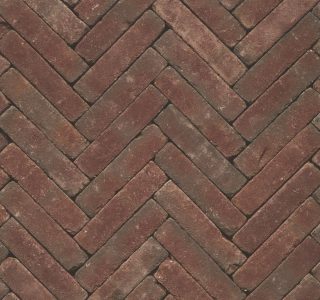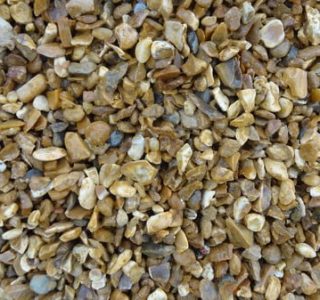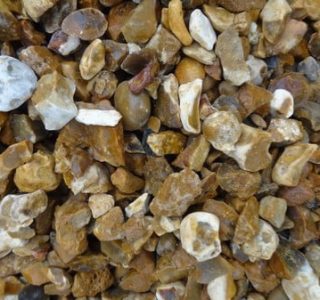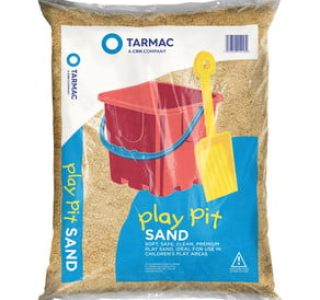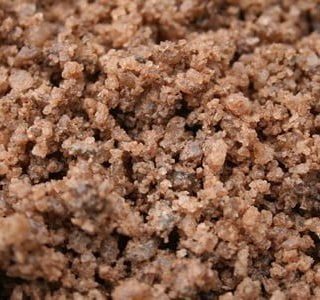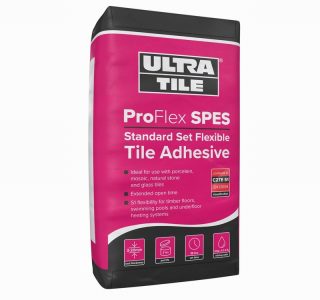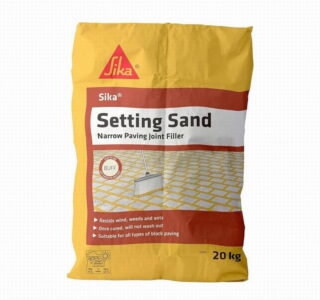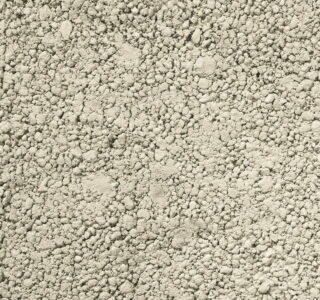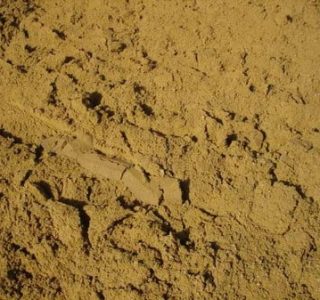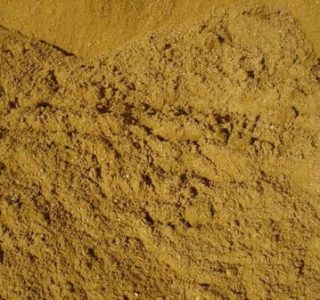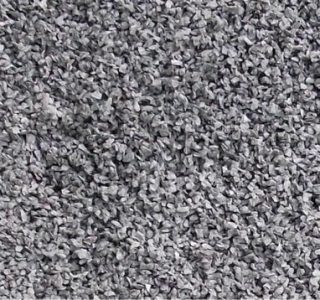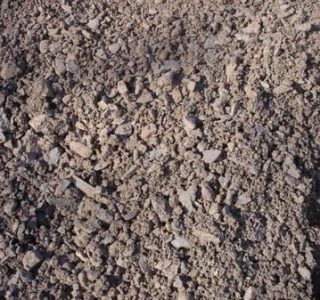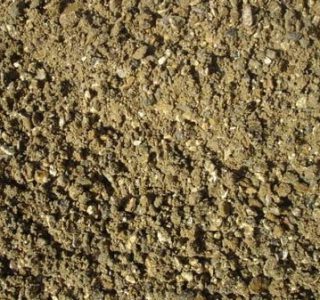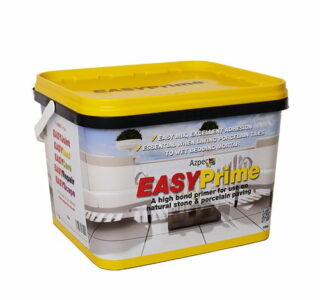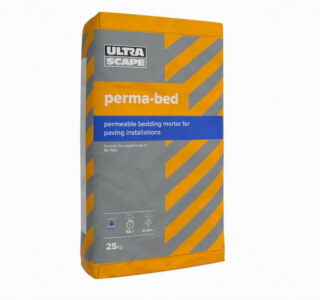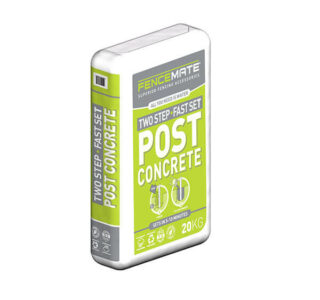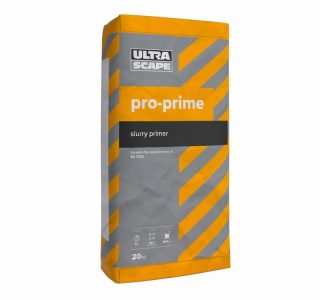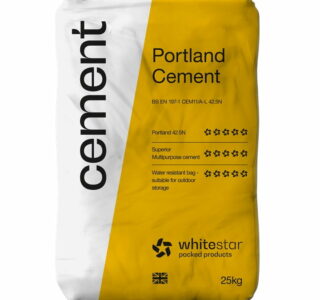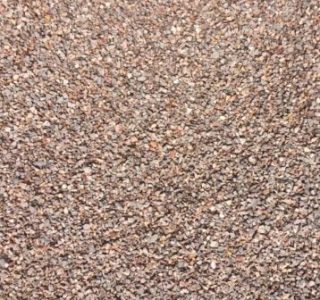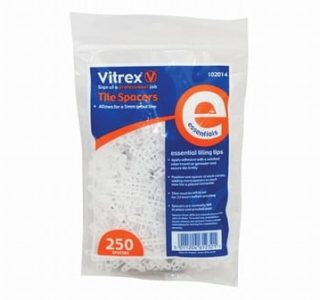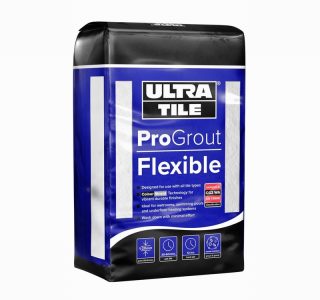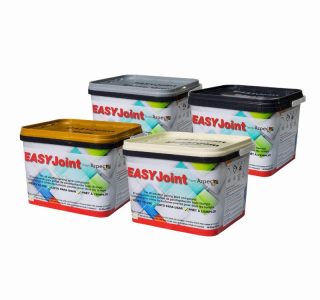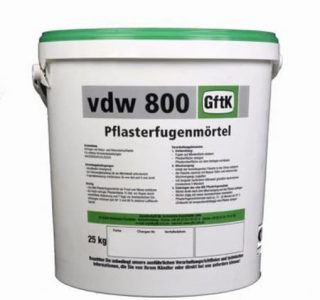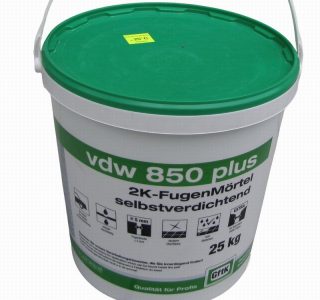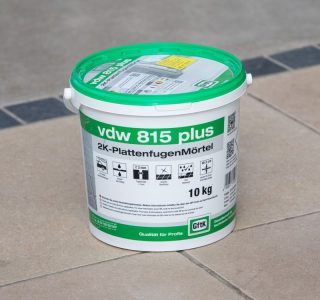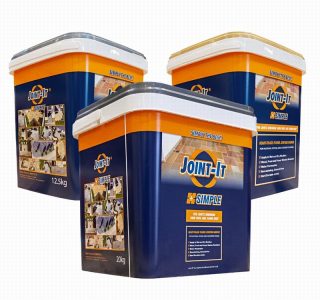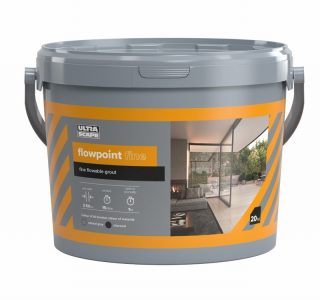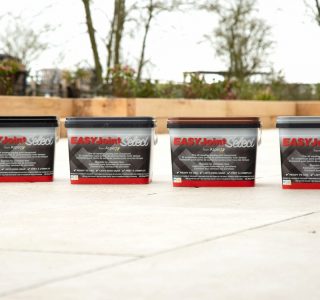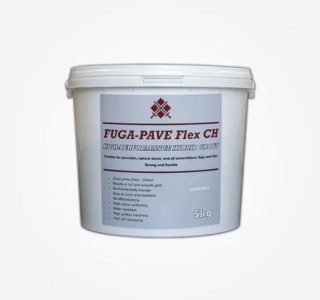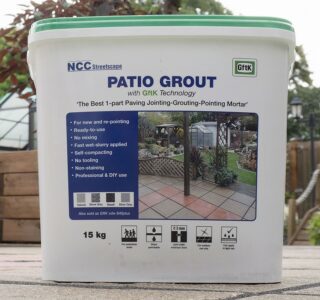Working out how many paving slabs or how much cement to use?
See our top tips on estimating quantities of commonly used landscaping materials you may need to order including paving, aggregates, cement and paving grout.
If you still need help, just contact us with the measurements and maybe a rough sketch and we can work out the number of paving slabs or walling blocks and the volume of aggregates you need to install them.
For professional installation, find out more about choosing a landscaper.

How many paving slabs do I need?
Firstly, decide on what size paving slabs and what laying pattern you are going to use.
Below is a rough guide to the number of paving slabs you need per square metre based on our most common slab sizes. You may need fewer or more slabs than this if you are using a wide or narrow joint width. And don’t forget to allow an extra 10% when you order for cuts and wastage.
| Dimensions of paving slab (mm) | How many slabs do I need per m²? |
| 1200 x 600 | 1.4 |
| 1200 x 300 | 2.7 |
| 900 x 900 | 1.23 |
| 900 x 600 | 1.8 |
| 900 x 450 | 2.4 |
| 900 x 200 | 5.2 |
| 750 x 750 | 1.7 |
| 600 x 600 | 2.7 |
| 600 x 450 | 3.6 |
| 600 x 400 | 4.1 |
| 600 x 300 | 5.4 |
| 500 x 1000 | 1.9 |
| 450 x 450 | 4.7 |
| 450 x 300 | 7.0 |
| 300 x 300 | 10.4 |
What if I’m using more than one size paving slab?
You can calculate the number of each size slab as follows:
| Combination of slab sizes to be laid (mm) | To calculate the number of slabs you need in each size, divide your area (m2) by |
| 900×600, 600×600, 600×400 | 1.14 |
| 600×600, 600×300, 300×300 | 0.65 |
| 600×450, 450×450, 450×300 | 0.63 |
| 900×600, 600×600, 600×300, 300×300 | 1.1 |
| 600×600, 600×450, 600×300, 450×450, 450×300, 300×300 | 1.23 |

For other size combinations
You can also calculate how many of each size slab you need, as in the following example:
20m² patio using just 600 x 600 and 600 x 300mm sizes
600 x 600 (2.7 slabs per m²), so 1 slab will cover 1 ÷ 2.7 = 0.37m²
600 x 300 (5.4 slabs per m²), so 1 slab will cover 1 ÷ 5.4 = 0.185m²
1 of each size slab will cover 0.37m² + 0.185m² = 0.555m²
20m² patio divided by 0.555m² = 36 of each of the two sizes.
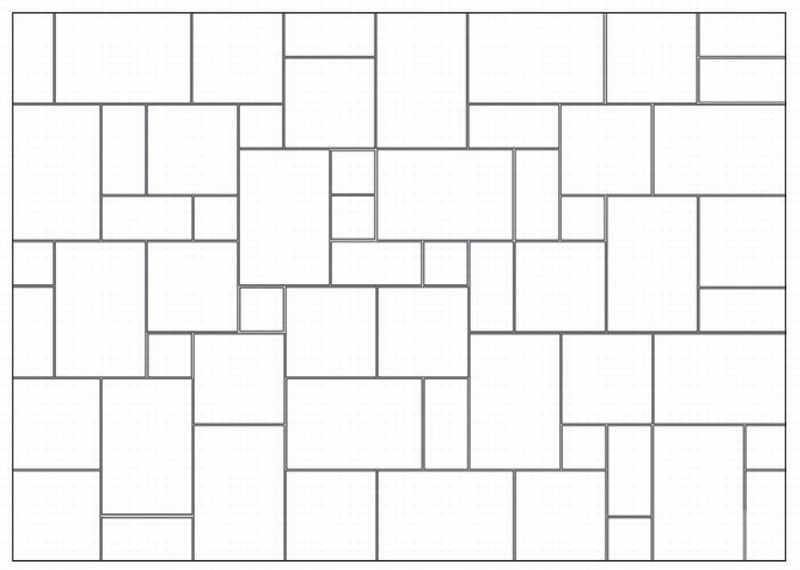
If you need a different number of each size slab
If you need to work to a plan where you need a different number of each size slab, your best bet is to sketch the design out on graph paper.
Experienced landscapers should be able to work out a random laying pattern using a roughly equal quantity of each size.
How many setts do I need?
Below is a rough number of setts you need per square metre based on our most common sett sizes. You may need fewer or more setts depending on your joint width. Don’t forget to allow an extra 10% when you order for cuts and wastage.
| Dimensions of sett (mm) | How many setts do I need per m²? |
| 200 x 100 | 43 |
| 200 x 50 | 83 |
| 100 x 100 | 83 |
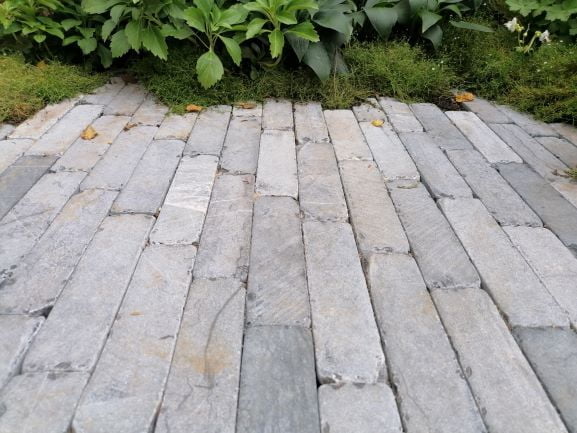
Related Products
How much aggregate do I need?
To calculate how much aggregate you need for a sub-base, mortar bed or driveway, multiply the width x length x depth of the area you are covering.
Example:
Area: 5m x 4m = 20m²
Depth: 100mm
Total needed to cover area: 20m² x 0.1m = 2m3
How deep does my aggregate need to be?
| Purpose | Typical depth (mm) |
| Shingle/ gravel or decorative aggregate cover | 50 |
| Mortar bed | 50 |
| Sub-base | 100-150 |
How many bulk bags or poly bags of aggregate do I need?
As a guide, a bulk bag (approx 900kg or 0.56 cubic metres) tends to cover between 10-14 m² at 50mm deep. A poly bag (approx 20-25kg or 0.015 cubic metres) tends to cover between 0.4-0.5 m² at 50mm deep.
How much cement do I need?
How much cement you need depends on the strength of mix you are using, for example 3:1 would mean 3 parts aggregate to 1 part cement. This means if you are making a tonne of cement mix at a 3:1 ratio, you would need 750kg of aggregate and 250kg of cement (10 bags). To make a tonne of mix using a 6:1 ratio, you’ll need 850kg of aggregate and 150kg of cement (6 bags).
What cement mix do I need?
The following are commonly used mixes of aggregates to cement, such as how much sand and cement to use for paving or brickwork. These ratios may vary depending on the product you are installing and environmental conditions, eg. if you are on clay soil. If you’re unsure, check with a professional landscaper or ask us for advice.
Bricklaying: A ratio of 3:1 using building (soft) sand is normally used for underground brickwork, or 5:1 for brickwork above ground.
Pointing: A ratio of 3:1 is normally used with building (soft) sand.
Concrete: A ratio of 5:1 is normally used for domestic concreting, using ballast.
Laying paving and driveway blocks: A ratio of 3:1 sharp sand to cement for heavy vehicular use, 6:1 for medium/domestic use or 10:1 for domestic light duty.

Related Products
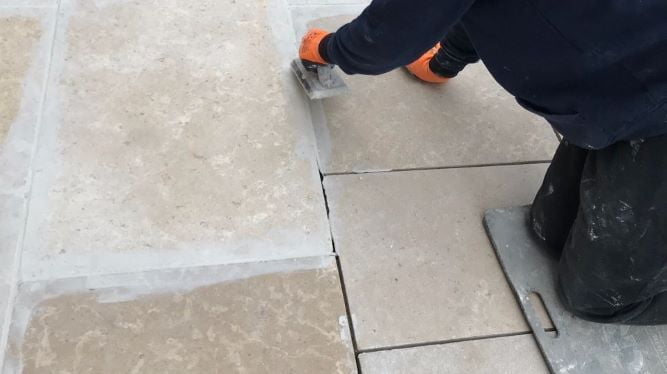
How much grout do I need?
| (Tile length + tile breadth) x (joint width x joint depth) x 1.2 | = kg/ m2 |
| (Tile length x tile breadth) |
Example:
Tile size: 600 x 600mm
Joint width: 5mm
Joint depth: 20mm
| (600 + 600) x (5 x 20) x 1.2 | = 0.4 kg/ m2 |
| (600 x 600) |
So for a 50m2 patio the amount of grout required is:
0.4kg/m2 x 50m2 = 20kg
